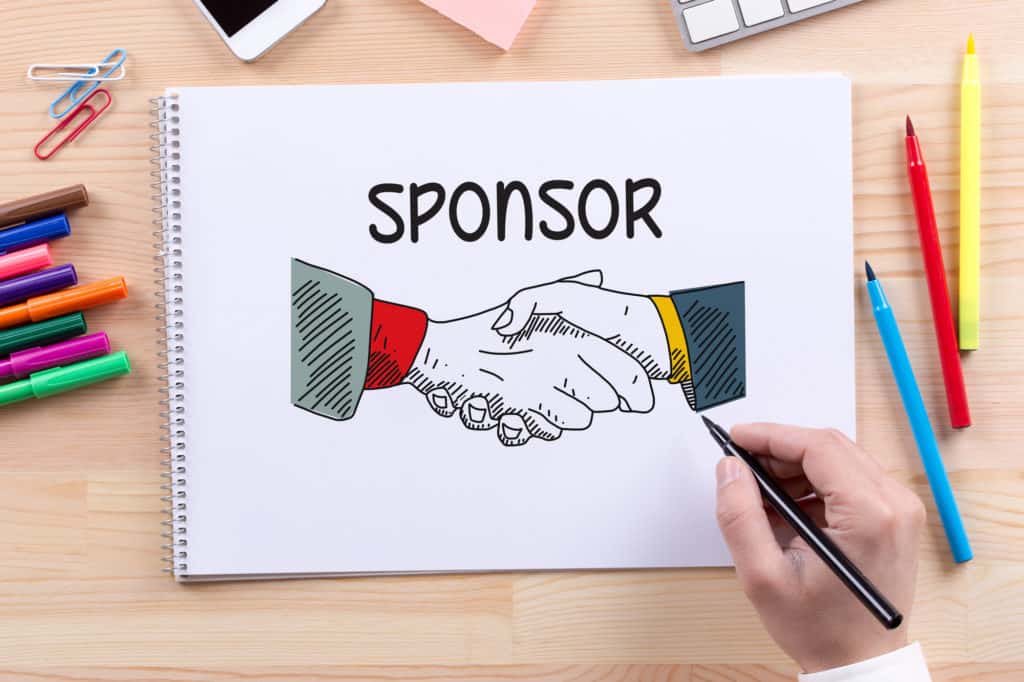
Golf sponsorship is something that is not easy to get.
Golfers need to be at a very high level in the sport to be able to get the attention of a golf manufacturer or a large company.
Golfers who are looking to become professional may also be looking for sponsorship.
There are many different types of golf sponsorship deals and ways they can work.
In this guide, we will explain what golf sponsorship is, how it works, and how to get a golf sponsorship.
How to Get a Golf Sponsorship

Getting a golf sponsorship means you must attract the attention of a large golf manufacturer or brand.
Some golfers do not need to work very hard at getting a golf sponsorship, as they will have sponsors coming after them.
If a young player scores very well in a large and public tournament, there will be sponsors coming out of everywhere just to get a contract with the golfer.
If this has not been your path, and you are actively seeking sponsors, you may need to know people at specific companies.
If you contact the manufacturers, and even companies like insurance or clothing companies, you may find the correct person to speak to about sponsorships.
A golf sponsorship is quite essential, and it can be how many golfers make the majority of their money.
It is undoubtedly much easier to get sponsorship deals when you are playing well and winning tournaments.
Golfers who don’t have much of a history in the game and have not won any large events will have a hard time getting the sponsorships.
How do Amateur Golf Sponsorships Work?
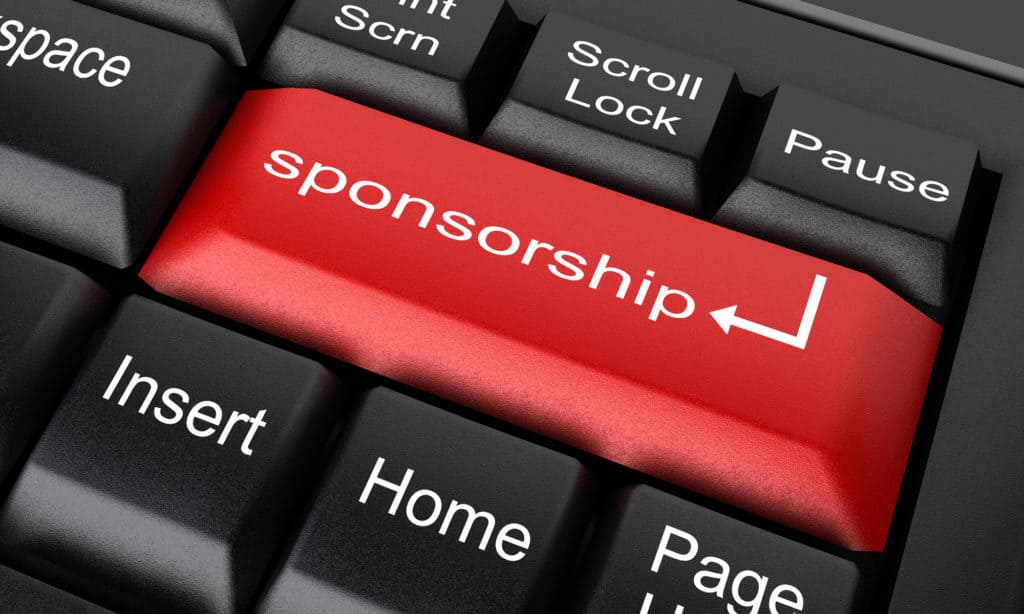
Before a golfer turns professional, they are not able to take money for playing the game.
Amateur status in golf is a very highly regarded status which needs to be appropriately respected.
An amateur playing in a match with friends where they win a few hundred dollars can completely take away their status.
When you lose amateur status, you lose the ability to play in any of the nationally recognized amateur events.
Golfers usually try to have high finishes and appearances in amateur events before they turn professional.
This can help them earn exemptions into other tournaments and make the route to professional golf that much easier.
Since amateurs can’t be given the money, they have different types of sponsorships.
Amateur golfers can get equipment, and they can have their expenses covered for going from one tournament to another.
Many people don’t realize how expensive it is to try and turn professional.
There are equipment expenses, travel expenses, tournament entry fees, and more.
Since amateur golfers are not earning any money, this process will start to put them in the red rather quickly.
How Do Sponsorships Work for Future Professionals?
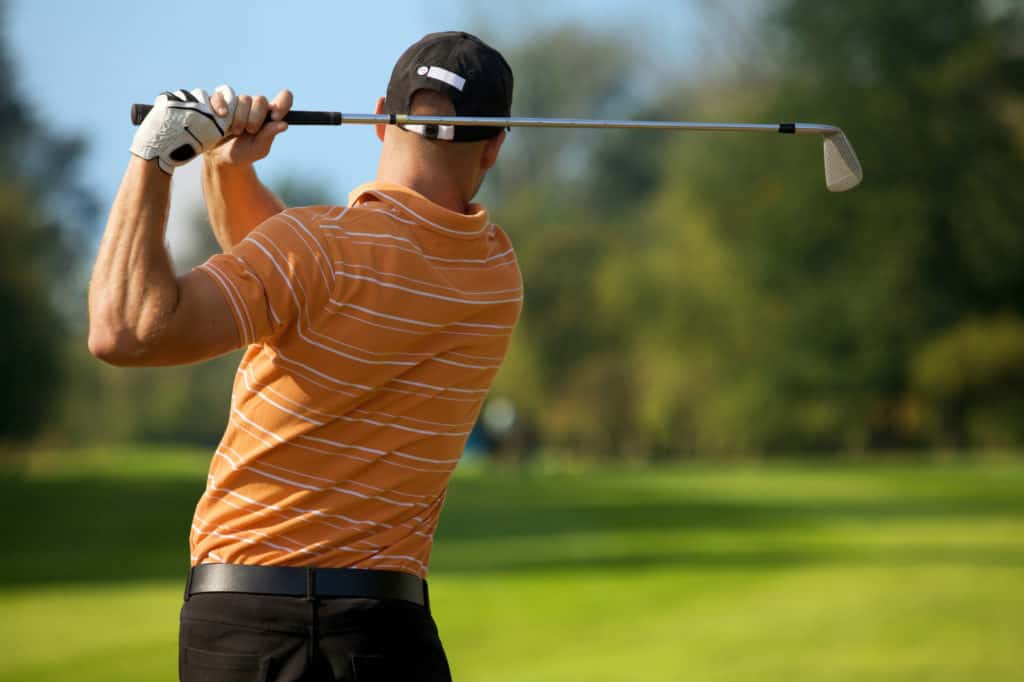
Many amateur golfers turn professional and then try to make it on tour.
Trying to make it on tour is something thousands of golfers try to do every year, but only a few make it.
The process is exhausting, both physically and mentally, and it can be very stressful.
One part of the process which gets the most stressful for some golfers is the expenses.
When you have a qualifier on the west coast one week and one on the east coast the following week, there will be a lot of expensive travel involved.
These players also need a caddie, and the caddie will have to make a certain amount of money to be able to afford to continue on this journey with the player.
When a golfer is on the golf course thinking that the putt they need to make is going to pay their electric bill, it is not good for their game.
Golfers need to be able to focus on the game without having the worry of finances and money.
Many of these young golfers will look for a sponsor or a group of sponsors to give them a chance to go professional.
Most of the time, this type of sponsorship is done because the person or company knows the player and wants to help give them a shot at making it on tour.
You will see this often at private country clubs where members will chip in and pay to sponsor a young player for a year.
These types of sponsorships are not investments for the people who are putting their money in.
This is more about seeing a young golfer make it on the tour than it is about making a great deal of money off of them.
If a golfer makes it on tour, they may pay back their initial sponsors or help them in some way.
Sponsors of golfers at this level need to know that the agreement they are entering into is probably going to cost them more money than it is going to make them.
You will see some of these sponsorships set up so that, as a player starts winning, they will owe money back to their sponsors.
Each contract can be set up differently depending on the people who are involved.
How Do Sponsorships Work for Professional Golfers?
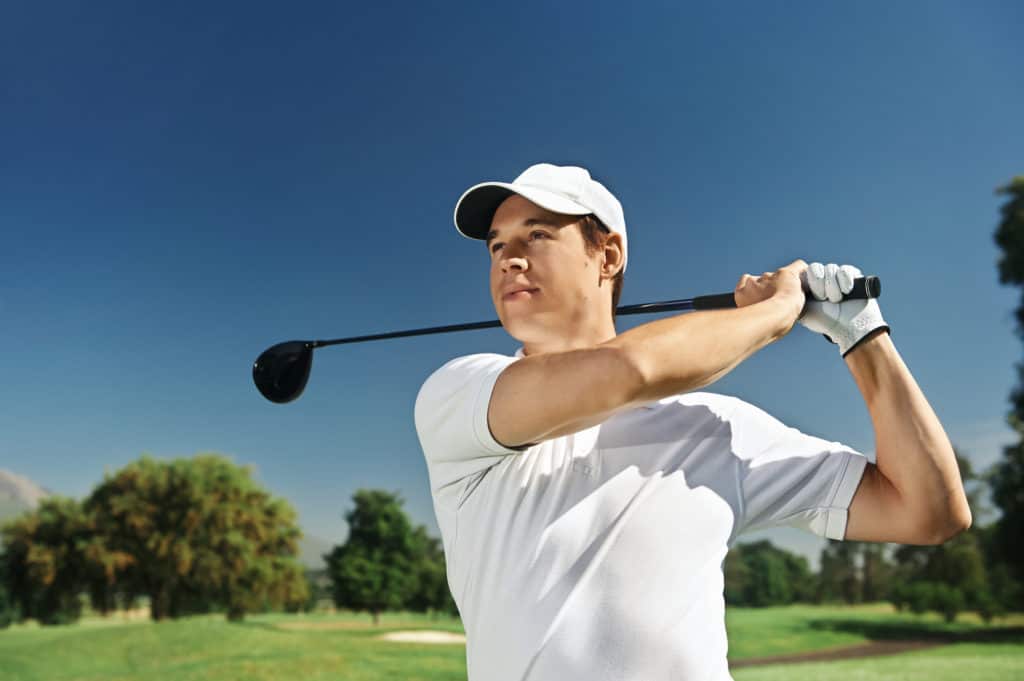
Once a golfer makes it on the professional golf tour, sponsorships are much different.
Companies compete to get the golfers with the best playing records to use their equipment and wear their clothing.
For many years, companies like Ping, Titleist, or Nike would sponsor a player, and that player would only be able to use their products.
This led to some issues when there were golf clubs, balls, or shafts that players wanted to use outside of their sponsorship.
Each player designs their sponsorships and their contracts a bit differently, but this is how they will make a large portion of their money.
A company like Adidas will have a player wear a specific shirt on a Sunday to get the attention of the golfing public.
That shirt will then soon go on sale for amateur golfers to wear.
People want to wear the same clothing the professionals wear, and companies will see a significant boost in sales when a player wears a particular shirt and ends up winning the tournament.
Players will sometimes get paid millions of dollars to wear a certain outfit or use a specific golf club.
They are not expected to pay this money back to the company.
The company considers this part of its advertising budget.
Golf Tournament Sponsorship
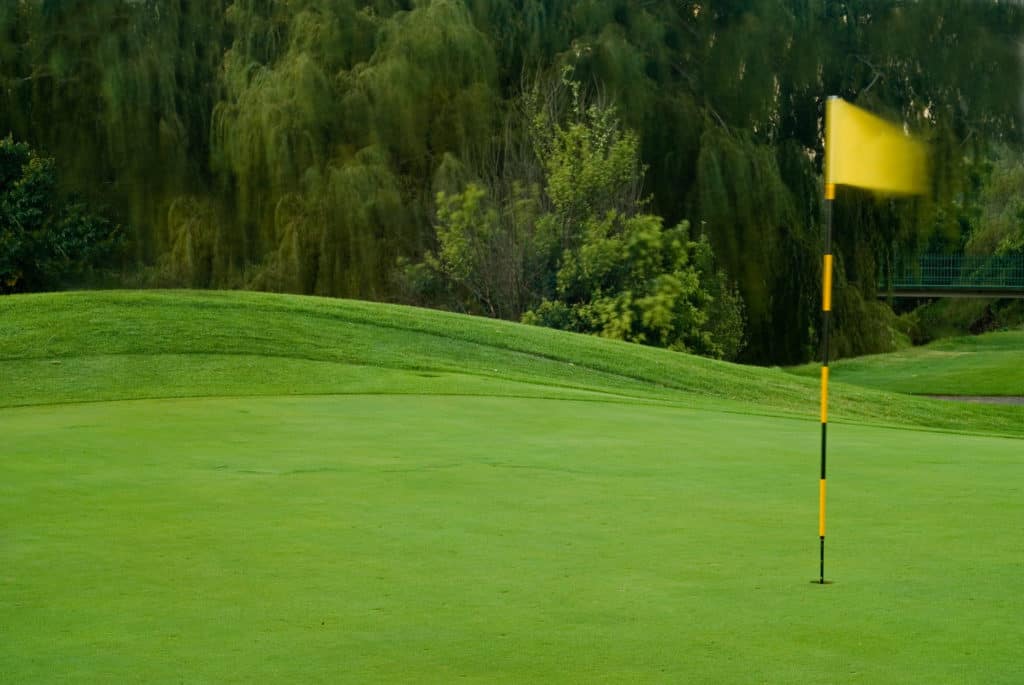
Now that we have covered how to sponsor golfers, we should discuss how some golf tournaments are sponsored.
Golf tournaments can be sponsored at a national level on the PGA Tour and in local community events.
If you have ever organized or run a community golf event or charity scramble, you know how vital these golf tournament sponsors are.
The golf tournament sponsors are looking for advertisements just like the manufacturers are when they have players wear certain clothes.
A company that sponsors a golf tournament will contribute money towards the tournament expenses and receive advertising in return.
For smaller tournaments, there could be sponsors for each hole or sponsors for the dinner, etc.
When you take this concept to the professional tour-level, you will see sponsors handling the entire event.
Notice the tournament name like the “RBC Heritage” or a name like this.
These sponsors spend quite a bit of money to get their name out there, but they feel they will receive the customers and the revenue in return for the sponsorship.
What Are Some of the PGA Tour Sponsorships Like?
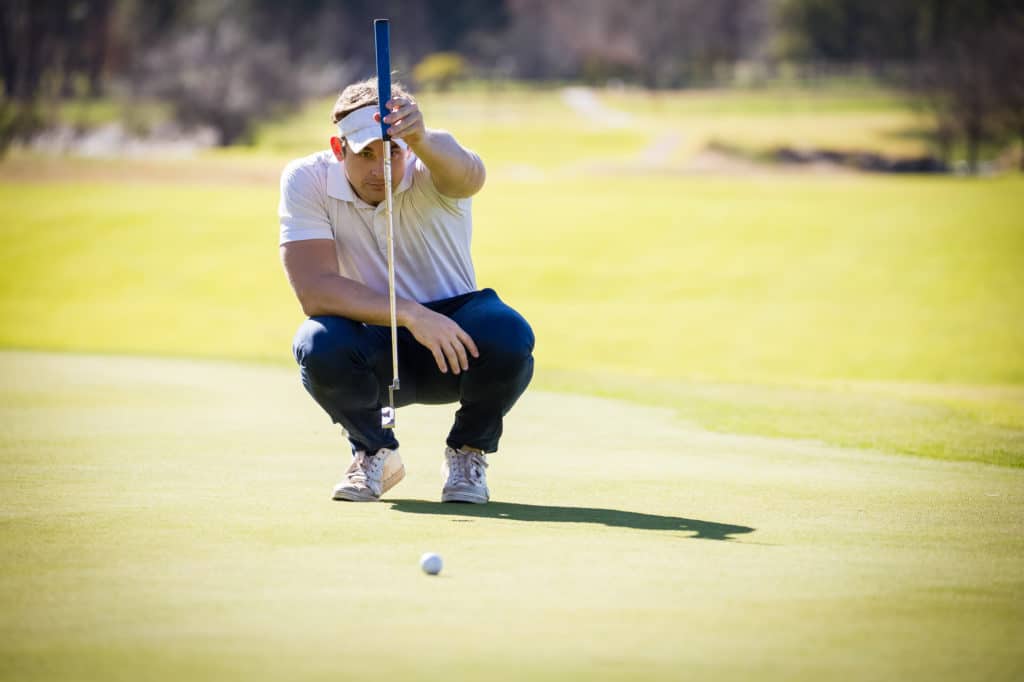
To get an idea of how big some of these sponsorships are, we came up with a few examples for you.
The best part about these sponsorships for players is that they don’t need to win to earn money.
Although all golfers want to win an event, it is nice knowing that their bills can be covered even without having to win the event.
If you look at a player like Phil Mickelson, he has quite a few sponsorships in place.
Phil is a very well known, fantastic professional golfer, but he does not always win.
In fact, Phil has lots more top ten finishes than he has wins.
However, this helps Phil with sponsorships.
He is a very visible player, and people enjoy getting to watch him win.
These are great features for an advertiser, and they will pay lots of money to sponsor Phil.
In 2019, Phil did not have his best year, but he still made almost 40 million dollars.
Two million came from his winnings on the golf course, and thirty-eight million from sponsorships.
As large as these sponsorships are, other sports have much higher numbers than golf.
If you look at Phil’s hat, golf bag, and clothing, it is pretty easy to determine who his sponsors are.
You may see the KPMG logo on him quite often.
Some of Phil’s other sponsors include Callaway, Barclays, KPMG, Exxon Mobil, Rolex, Amgen, and Workday.
As you can see, golfers do not stick with golf companies as sponsors.
They look for great financial deals for themselves and line up contracts if the company is not a golf company that does not matter.
For several years, the PGA Tour would not allow golfers to be sponsored by gambling companies.
This has recently changed, and now gambling companies can sponsor a professional golfer, although there have not been too many big names to sign up.
Equipment Contracts
An equipment contract is essentially a sponsorship from a golf hard goods manufacturer.
The more clubs that are in a player’s bag from one company, the more opportunity they have to sign a large deal.
Some players do not want to be limited by a particular type of equipment, and they are called free agents.
Some golfers will agree to play irons and woods only, but they want to use their woods.
Some players will agree to use the wedges but no other clubs.
When a golfer like Tiger Woods signs a 13- or 14-deal contract, you know they are going to see a large sum of money coming from that manufacturer.
These deals may require the appearance of the player in a commercial or advertisement.
They will have to make sure all clubs are visible and that the name is on the golf bag as well.
It also becomes public and common knowledge as to what clubs the golfer is using.
For instance, TaylorMade would not sign an equipment contract/sponsorship with Tiger Woods and keep it a secret.
They want the entire golfing public to know that Tiger only uses TaylorMade.
Conclusion
Getting a golf sponsorship certainly isn’t easy, but for the best players, the process will develop naturally.
The more wins you have, the more attention you will get from potential sponsors.
Golf sponsors also want to support golfers who have good personalities and say the right things both before and after a tournament.



Leave a Reply